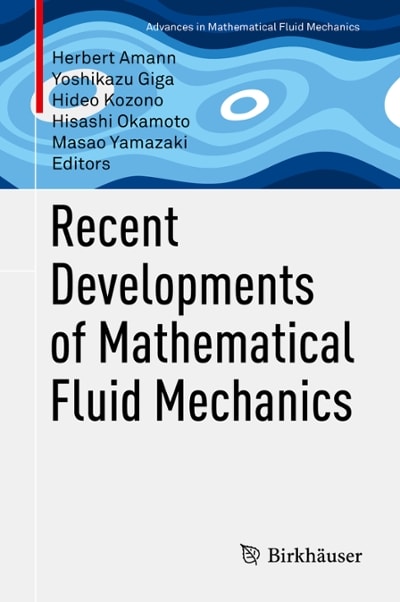Question
Consider a drilling machine in a factory. It could be in one of three dierent states: G , in which it is working normally (making
Consider a drilling machine in a factory. It could be in one of three dierent states:G, in which it is working normally (making good parts);Bin which it is working but producing bad parts; orD, in which it is under repair (\down") and not making parts.
Transitions can occur at times 0, 30 seconds, 60 seconds, etc. Assume that all transitions are governed by Bernoulli distributions. That is, each time at which a transition can occur it occurs with a probability determined by the origin and destination state, and not dependent on how long the system was in the origin state.
When it is working or making bad parts, the machine performs an operation in exactly 30 seconds. Assume that when it is in one of these states and it changes state, it changes state before it makes the next part, and that the change takes no time. That is, when it goes fromGtoB, it makes one bad part; and when it goes fromGtoD, it does not make a part.
When the machine is making good parts, it could go to the the bad part state or it could go to the down state. The mean time until it leaves the good state is 20 minutes. When it leavesG, it goes toD90% of the time and it goes toB10% of the time.
After it reaches the bad state, it stays in that state until it produces an average of 30 parts, and then it always goes toD.
After the machine entersD, it stays there for a random length of time whose mean is 3 minutes, and then it always goes toG.
---------------------------------------------------------------------
What is the steady-state probability of being in each state? (Please answer with 3 decimals)
P(G)
P(B)
P(D)
What is the production rate of good parts in parts/min? (Please answer with 3 decimals)
What is the production rate of bad parts in parts/min? (Please answer with 3 decimals)
The yield is the number of good parts produced divided by the total number of parts produced (or the production rate of good parts divided by the total production rate). What is the yield? (Please answer with 3 decimals)
Step by Step Solution
There are 3 Steps involved in it
Step: 1

Get Instant Access to Expert-Tailored Solutions
See step-by-step solutions with expert insights and AI powered tools for academic success
Step: 2

Step: 3

Ace Your Homework with AI
Get the answers you need in no time with our AI-driven, step-by-step assistance
Get Started


